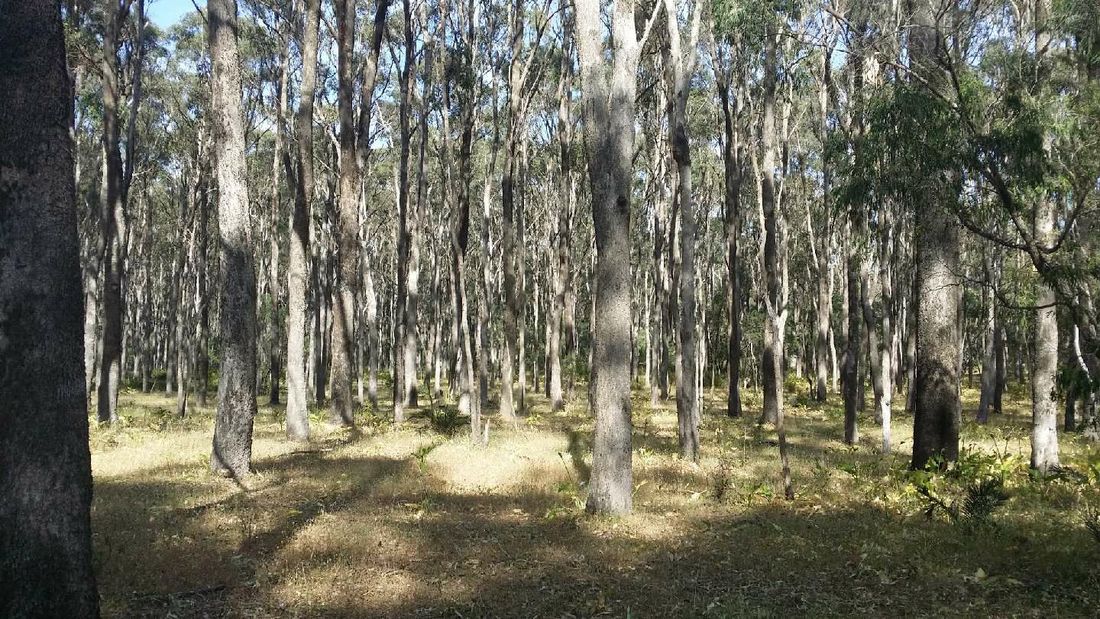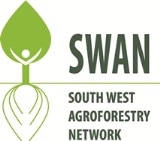The Ludlow Tuart Forest Restoration Group was formed last year as a volunteer driven support group to restore the ancient Ludlow Tuart Forest and the Heritage Mill Settlement to their full potential.
www.facebook.com/ludlowtuartforestrestorationgroup/
The group formed after the Federal Government listed tuart woodlands and forests as critically endangered. There are patches of tuart woodlands and forests stretching 420 kilometers along the Swan Coastal Plain from Busselton to Jurien Bay. The world's only tall Tuarts (Eucalyptus Gomphocephala) grow at Ludlow just north of Busselton and are up to 40 metres high. There are fewer than 2000 hectares of tall Tuart left, which makes it one of the rarest forests in the word.
The Busselton Mail recently ran a feature to promote the group and highlight what could be done.
www.busseltonmail.com.au/story/5236669/working-group-to-restore-forest/
Group president Evelyn Taylor said the forest was huge in its day and responsible for the colony being so successful.
“[The timber] was the first export from WA. We need a diversity of age in the forest – we have none at the moment – we just have old trees."
Retired forester and group vice-president Des Donnelly said action needed to be taken in the Ludlow Tuart Forest .
“The forest is overrun with weeds, the tuart trees are over mature and they will die in the next 100 years if we don’t start replanting now. There are many other factors which are affecting the forest, including the over-abundance of peppi trees, which are a fire hazard and weeds such as arum lilies. The first thing we need to do is plant more trees and there are areas where we can do that,” he said.
“We can grow the trees, we know how to do it."
www.facebook.com/ludlowtuartforestrestorationgroup/
The group formed after the Federal Government listed tuart woodlands and forests as critically endangered. There are patches of tuart woodlands and forests stretching 420 kilometers along the Swan Coastal Plain from Busselton to Jurien Bay. The world's only tall Tuarts (Eucalyptus Gomphocephala) grow at Ludlow just north of Busselton and are up to 40 metres high. There are fewer than 2000 hectares of tall Tuart left, which makes it one of the rarest forests in the word.
The Busselton Mail recently ran a feature to promote the group and highlight what could be done.
www.busseltonmail.com.au/story/5236669/working-group-to-restore-forest/
Group president Evelyn Taylor said the forest was huge in its day and responsible for the colony being so successful.
“[The timber] was the first export from WA. We need a diversity of age in the forest – we have none at the moment – we just have old trees."
Retired forester and group vice-president Des Donnelly said action needed to be taken in the Ludlow Tuart Forest .
“The forest is overrun with weeds, the tuart trees are over mature and they will die in the next 100 years if we don’t start replanting now. There are many other factors which are affecting the forest, including the over-abundance of peppi trees, which are a fire hazard and weeds such as arum lilies. The first thing we need to do is plant more trees and there are areas where we can do that,” he said.
“We can grow the trees, we know how to do it."

